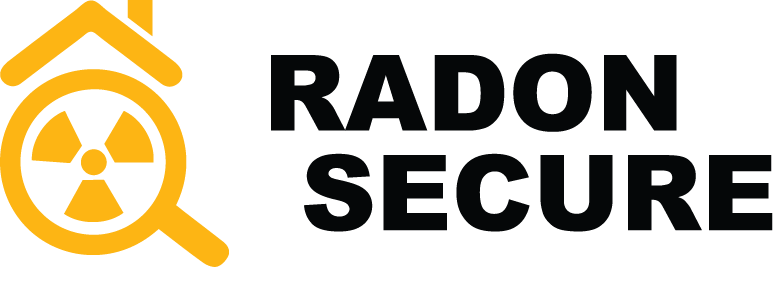


ABOUT RADON
Radon is a naturally occurring, radioactive gas that comes from the breakdown of uranium found in rocks, soil and building materials. You can’t see, smell, or taste radon. Once in your home, Radon quickly breaks down and emits particles, called “progeny”, that damage the lining of your lungs. Radon is the second leading cause of lung cancer after smoking and is a serious problem in Kingston and the surrounding area with one in five homes having levels above Health Canada's Safe Guidelines.


SAFETY FIRST
Radon gas can enter buildings through cracks in the foundation, gaps around pipes, open floor drains or any area of exposed soil. Radon gas travels through soils and the cracks in bedrock and can enter your house in significant quantities during the colder months
When radon mixes with the air outside, it’s not a health risk as the air outside dilutes the radon concentrations. But in enclosed spaces, like homes, it can accumulate to high levels and become a risk to the health of you and your family.

In Canada, radon is the second leading cause of lung cancer after tobacco smoking. Smokers are particularly vulnerable to developing radon related lung cancer due to the damage already done by inhaling tobacco smoke.

The World Health Organization indicates that radon exposure is a major and growing public health threat in homes and recommends that countries adopt reference levels of the gas of 100 Bq/m3.

When radon gets into the lungs, particles are given off as the atoms decay, damaging the cells of the lungs which can lead to cancer. Your risk of developing lung cancer from radon depends on the concentration of radon in the air you breathe and the length of time you are exposed.

Health Canada recommended customers remediate their home if levels reach 200 Bq/m3. The only way to know what the Radon Level is in your home is by radon testing! We can help you understand if you and your family are at risk. You can read more about the health effects of radon at the Canadian Lung Association.
WHY WORRY?





